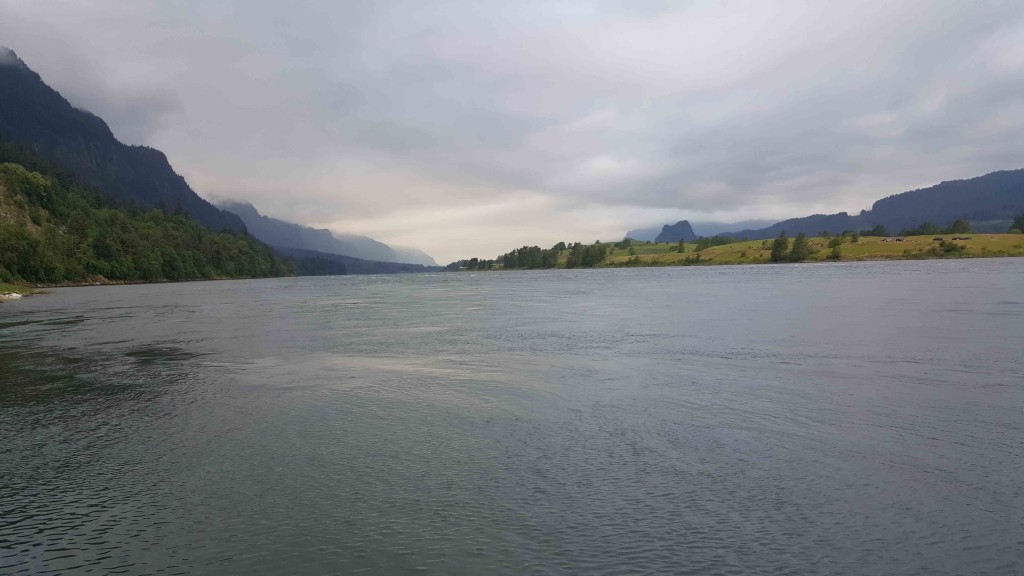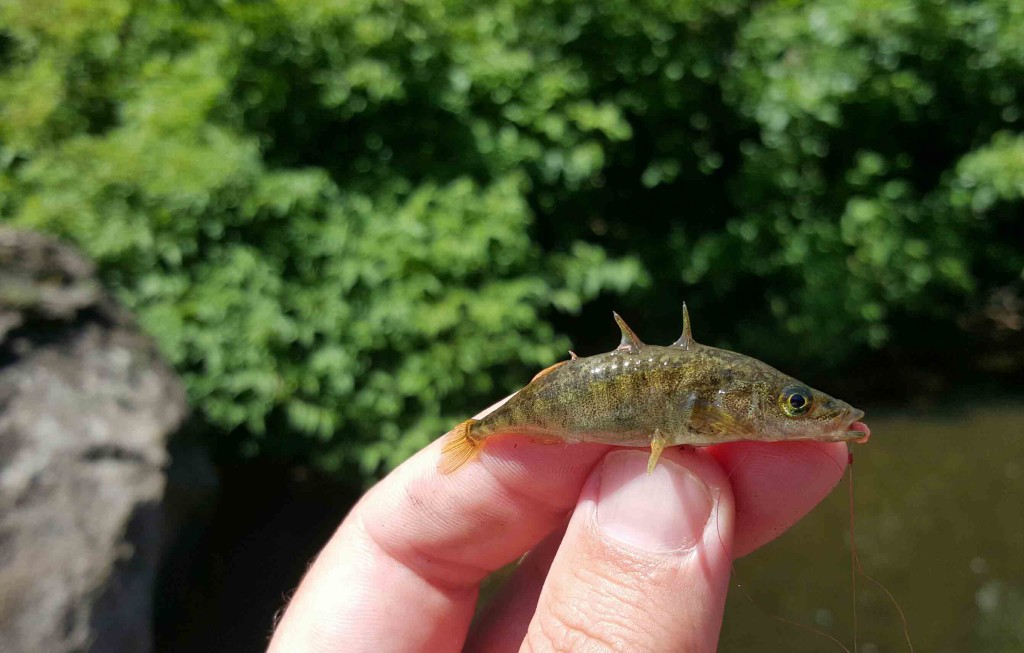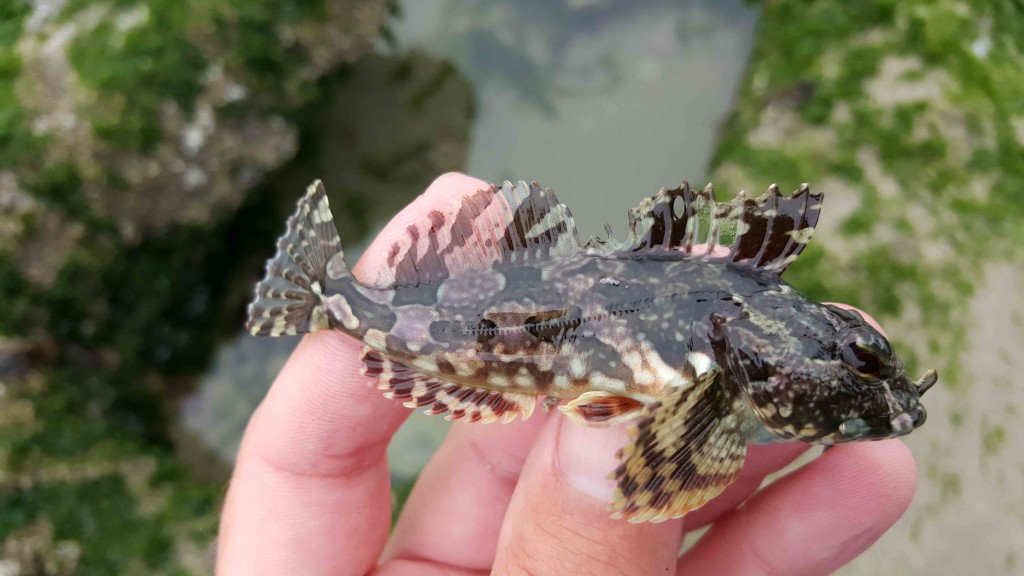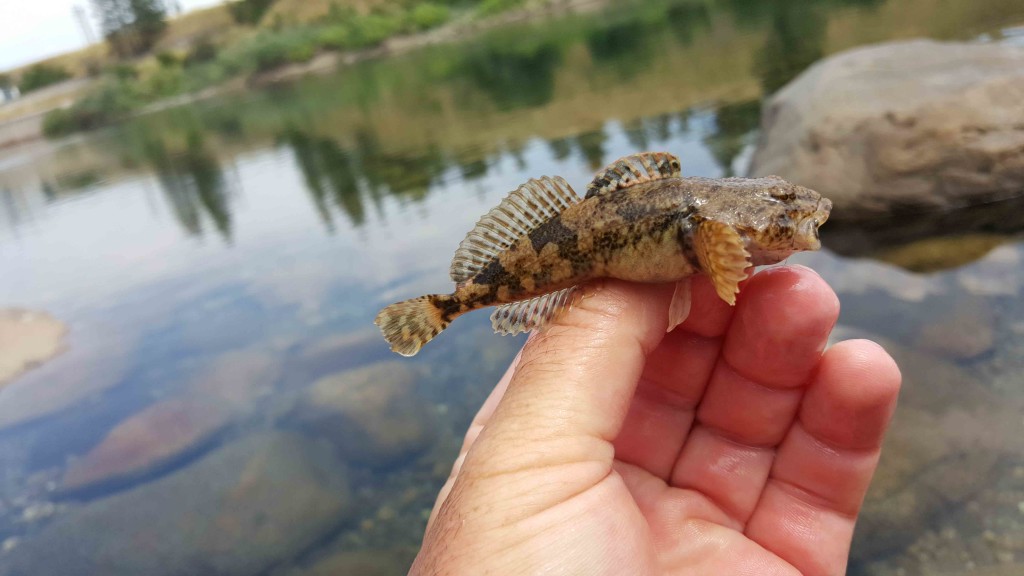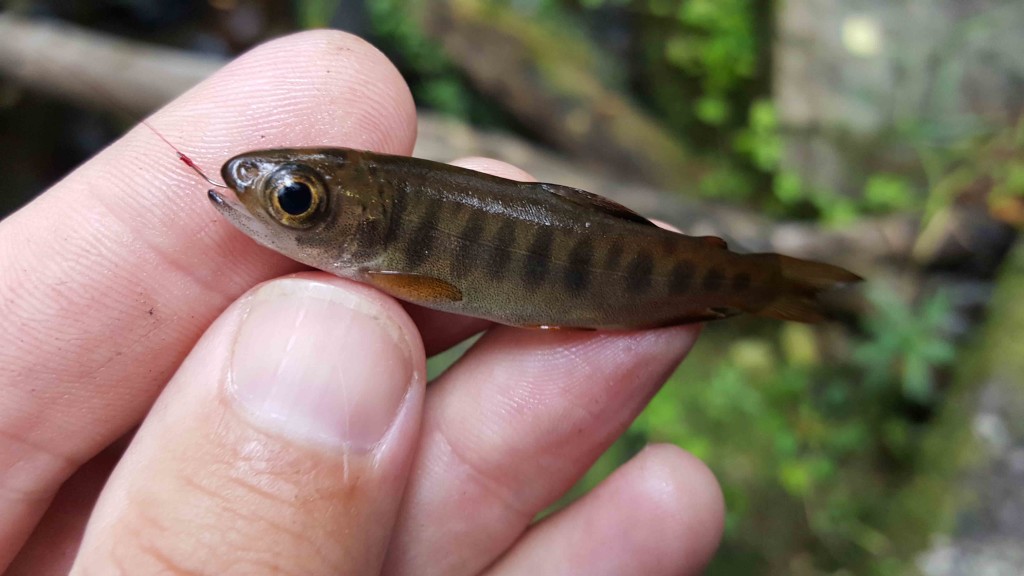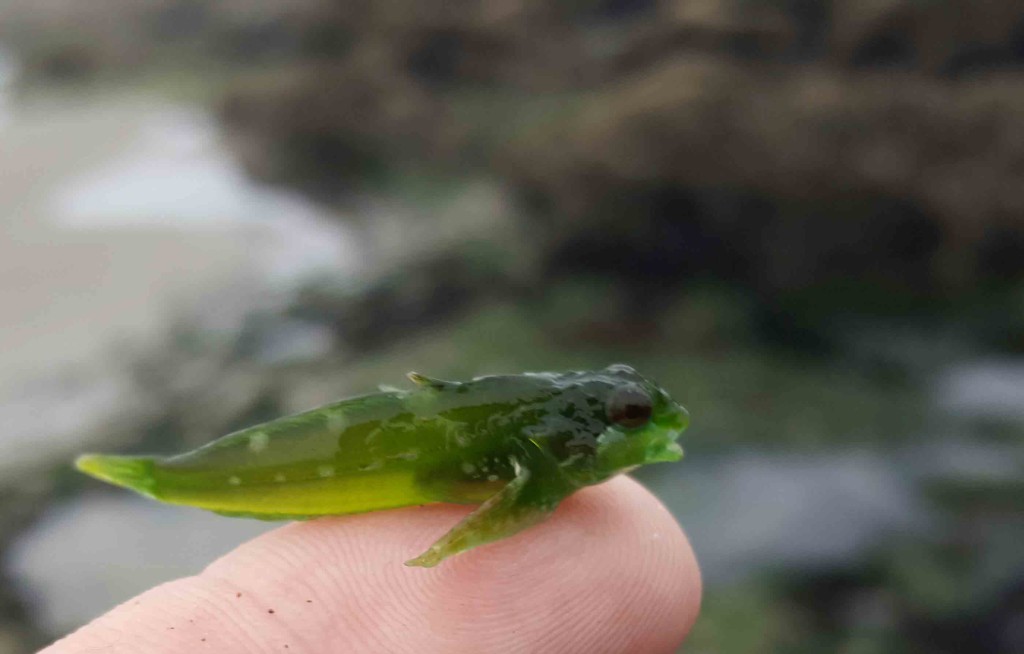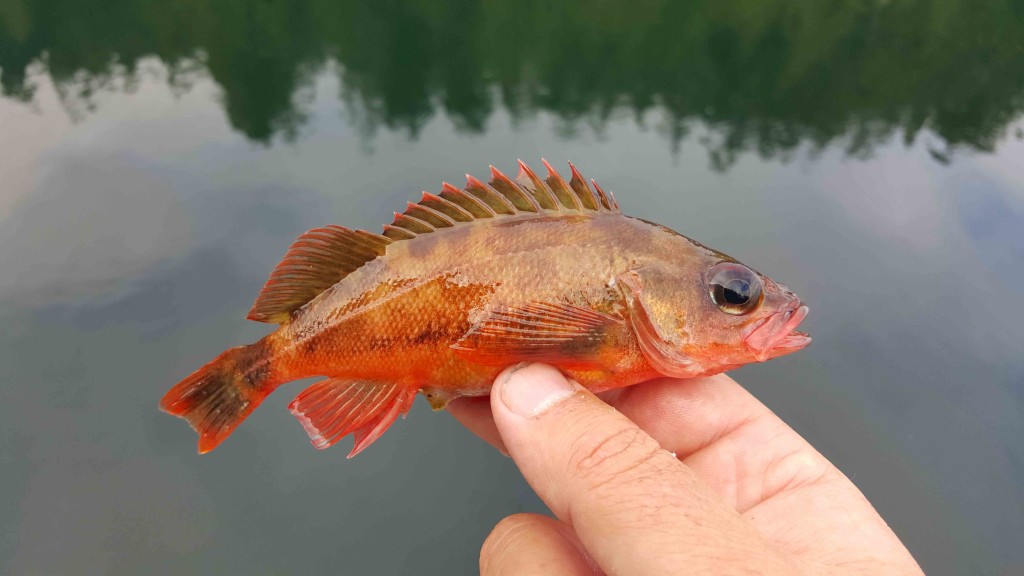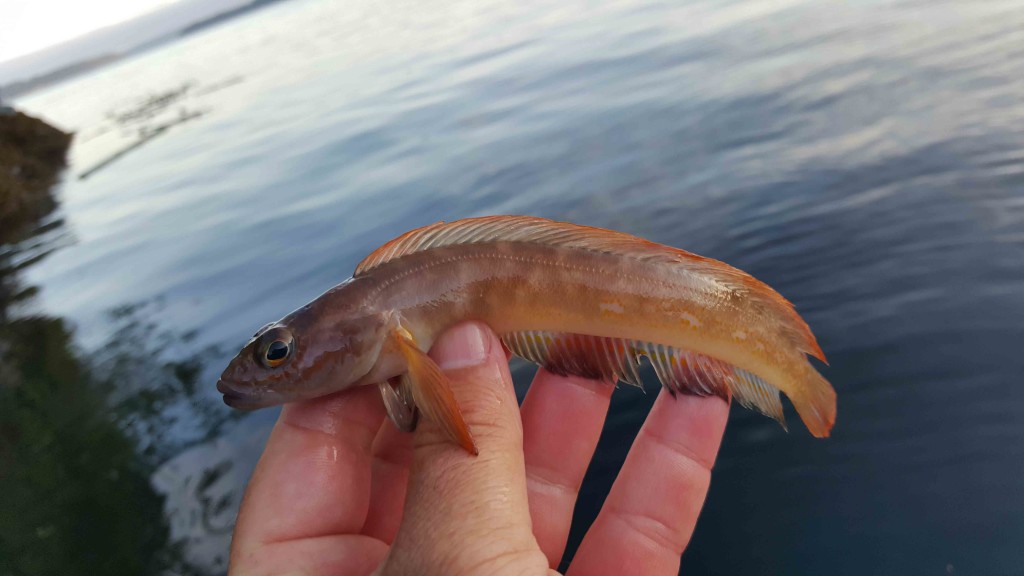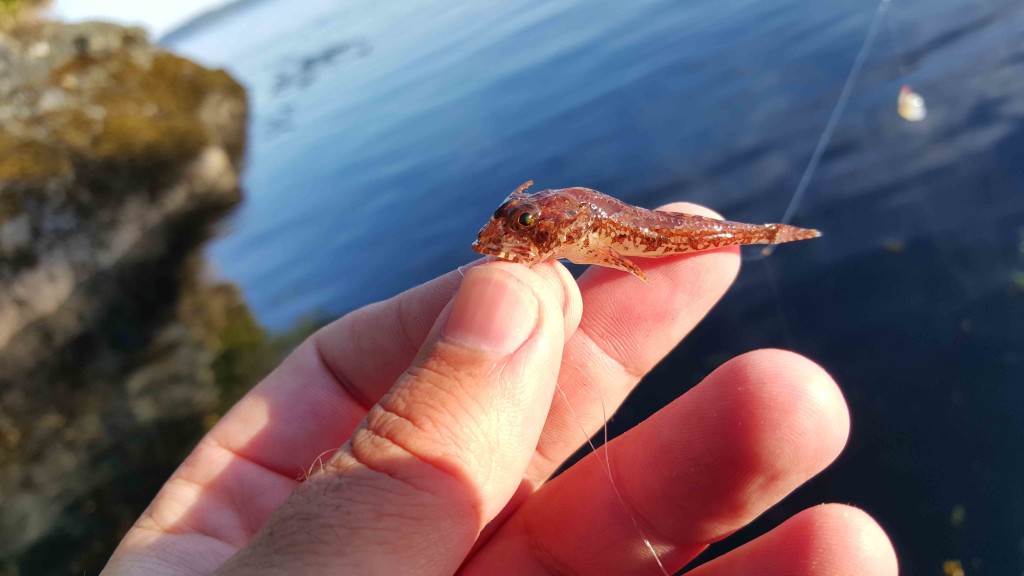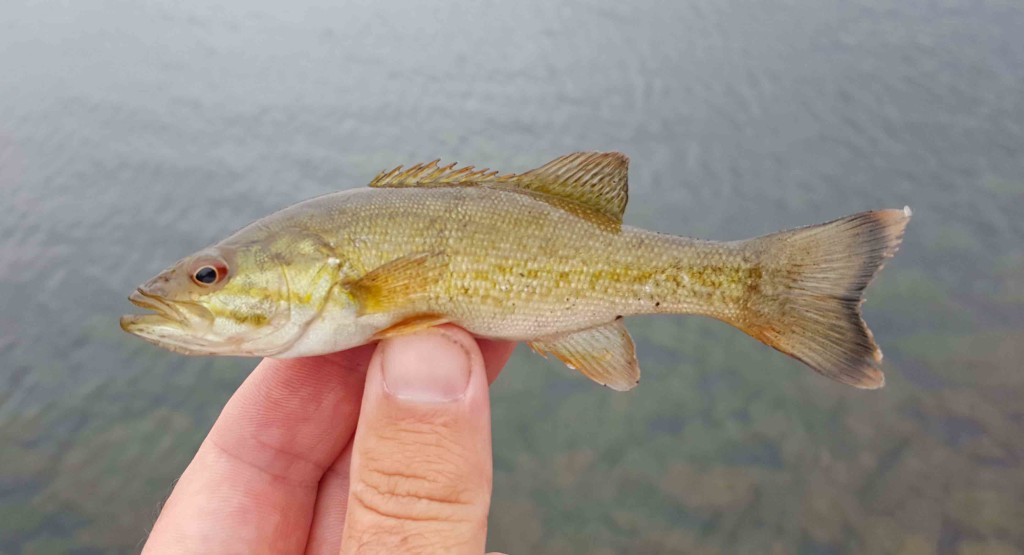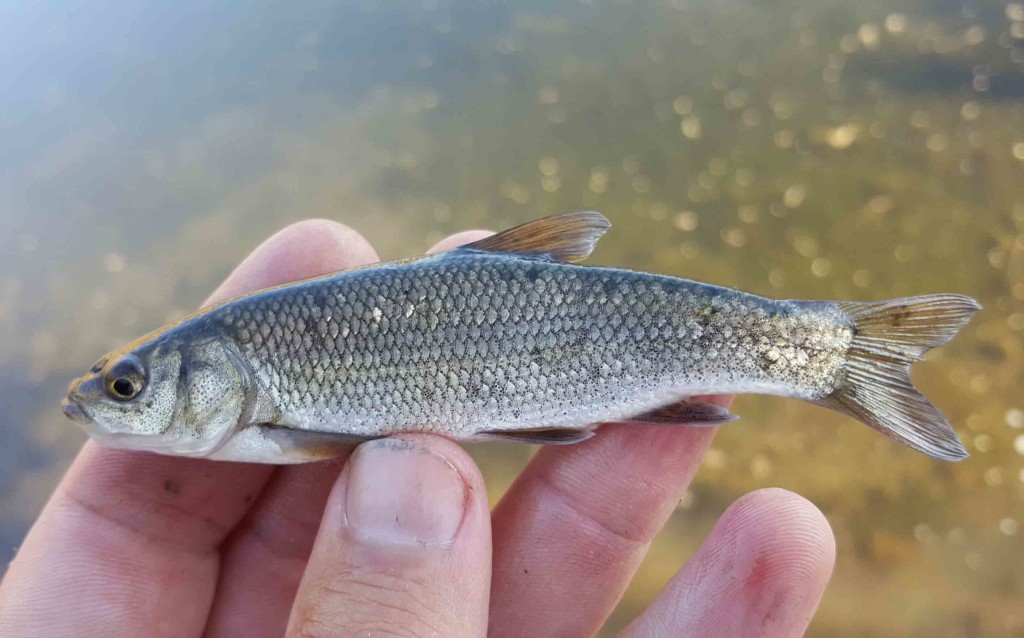Written by Miciah McNelius
A few years ago my brother moved out to central Oregon giving me the excuse to travel to the northwest and fish. Despite having a low diversity of freshwater species, this part of the country makes up for it with natural beauty. Visiting new and scenic country is half the reason I fish. In addition to freshwater, brackish and inshore fishing here has many unique and interesting species to catch.
The majority of small freshwater fish found in the northwest are sculpins. Often you can find three or four species in the same location occupying very different habitats. Trout, dace and sticklebacks round out the most common small fish encountered. Unfortunately, similar to California, the northwest has restrictive fishing regulations for native fish species. Fishing culture in the northwest is obsessed with salmon and trout and has little appreciation for other species.

Marbled Sculpin (Cottus klamathensis) can tolerate very warm and polluted waters, this one is from Klamath Lake, Oregon
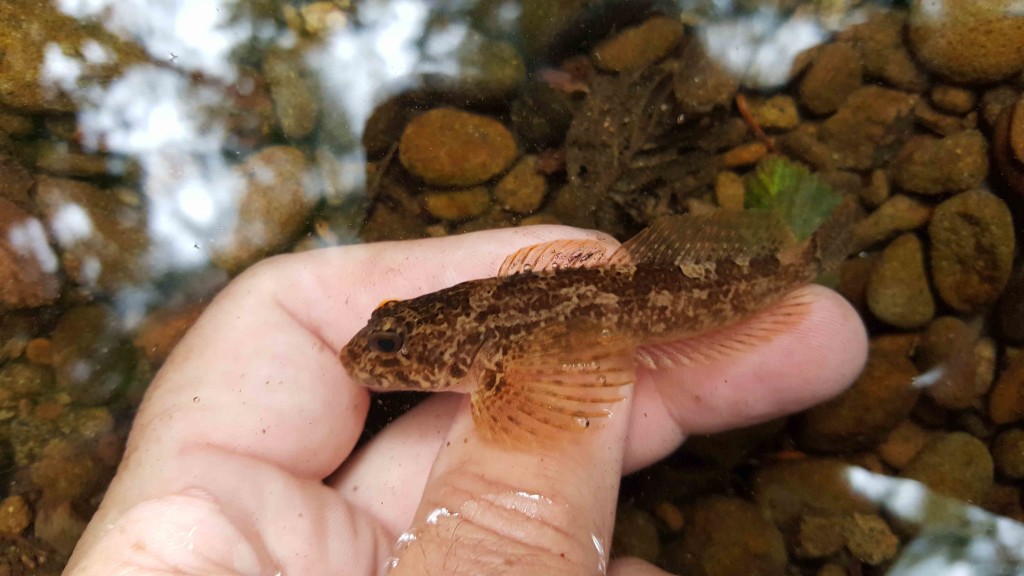
Reticulate Sculpin (Cottus perplexus) enjoy the smaller creeks and rivers that drain the Coast Range
One of my favorite habitats to fish is the tide pool; hiding many small ambush predators among the seaweed and rocks. Other small species that live in open salt water are often very hard to target because of the incredibly good sight. One of the more difficult areas to microfish is deep water where you cannot see the bait or feel the bite. Many small species occupy stay in deep water making them hard to target.

Scalyhead Sculpin (Artedius harringtoni) associate with cover like many tidepool sculpin species and bait needs to be placed near their hideouts
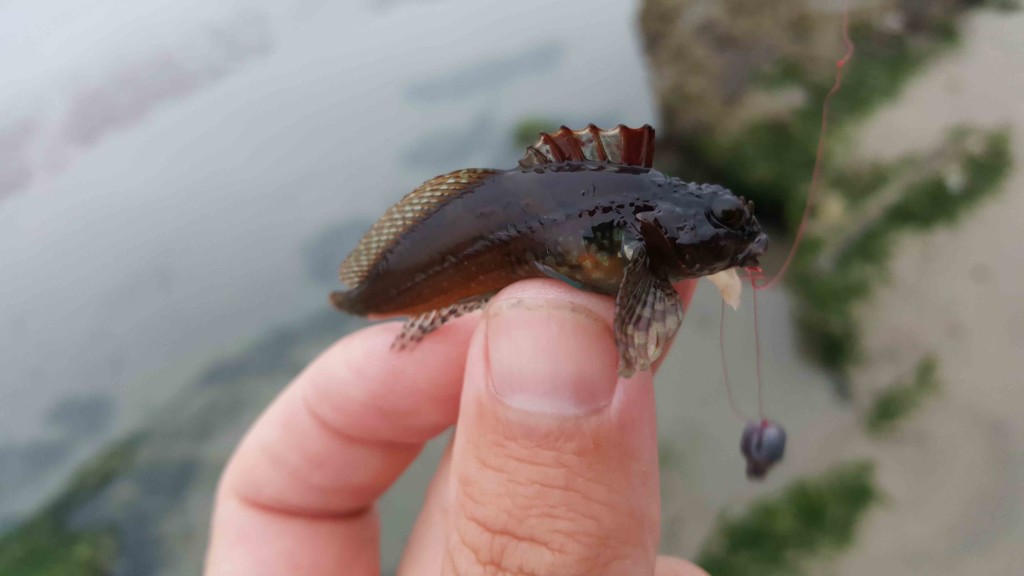
A small Cabezon (Scorpaenichthys marmoratus), often found hiding in seaweed and sometimes living on the roof of crevices and on vegetated rock walls
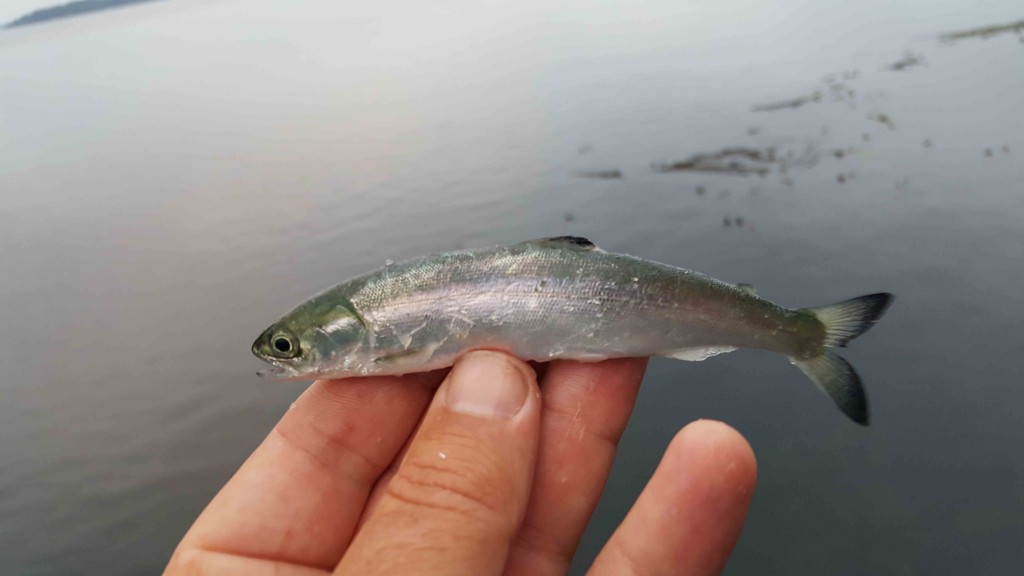
A juvenile Pink Salmon (Oncorhynchus gorbuscha), once leaving freshwater these small salmon occupy open water and are extremely difficult to catch
Introduced species have generally added to the fishing interest at many locations and are now part of local fish fauna and should be appreciated. Mostly Warm-water species from other parts of the US have become established along with a few interesting ones from other countries as well.

